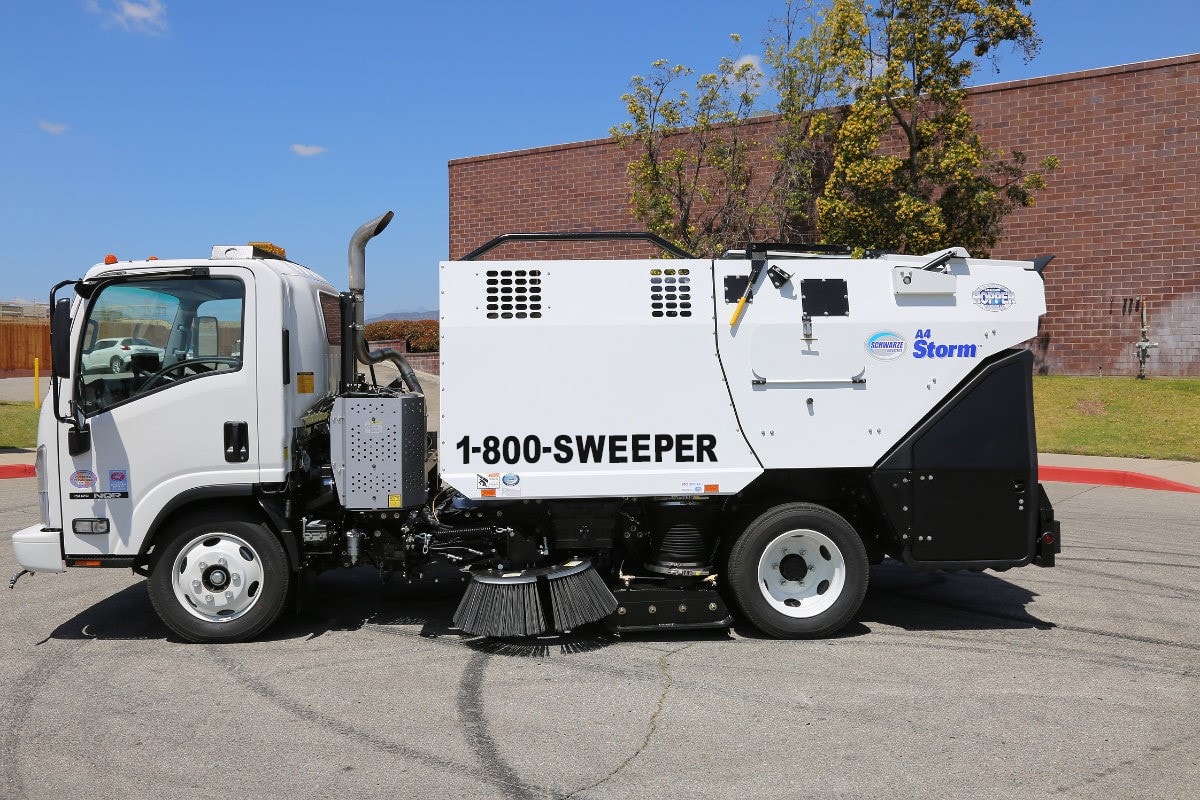
Which type of street sweeping truck is required for your street cleaning or parking lot maintenance needs? Understanding the various types of street sweeping trucks and their respective uses can be beneficial when selecting a street sweeping service. Dive into our guide on sweeper trucks to discover types, appropriate applications, features, and maintenance for peak performance.
Sweeper trucks play a crucial role in keeping our urban spaces clean and livable and ensuring the safety of drivers. They’re not just about removing leaves and trash; these vehicles are at the heart of city sanitation, working tirelessly to maintain public health standards relative to clean waterways and clean air. As cities grow, so does the need for efficient street sweeper cleaning solutions. With advances in technology, sweeper trucks have evolved into sophisticated machines tailored for different environments and debris types. Whether you manage a city’s municipal infrastructure or are a construction contractor, understanding their features is key to choosing the right model for your needs.
Street sweepers’ impact goes beyond cleanliness; modern sweepers contribute significantly to environmental sustainability by reducing water and air pollution levels. But they come with challenges too—understanding how to navigate these will help maximize their potential while extending their service life.
“Experience the Difference” Choose 1-800-SWEEPER. Schedule Service Today And Leave Power Sweeping To The Professionals.
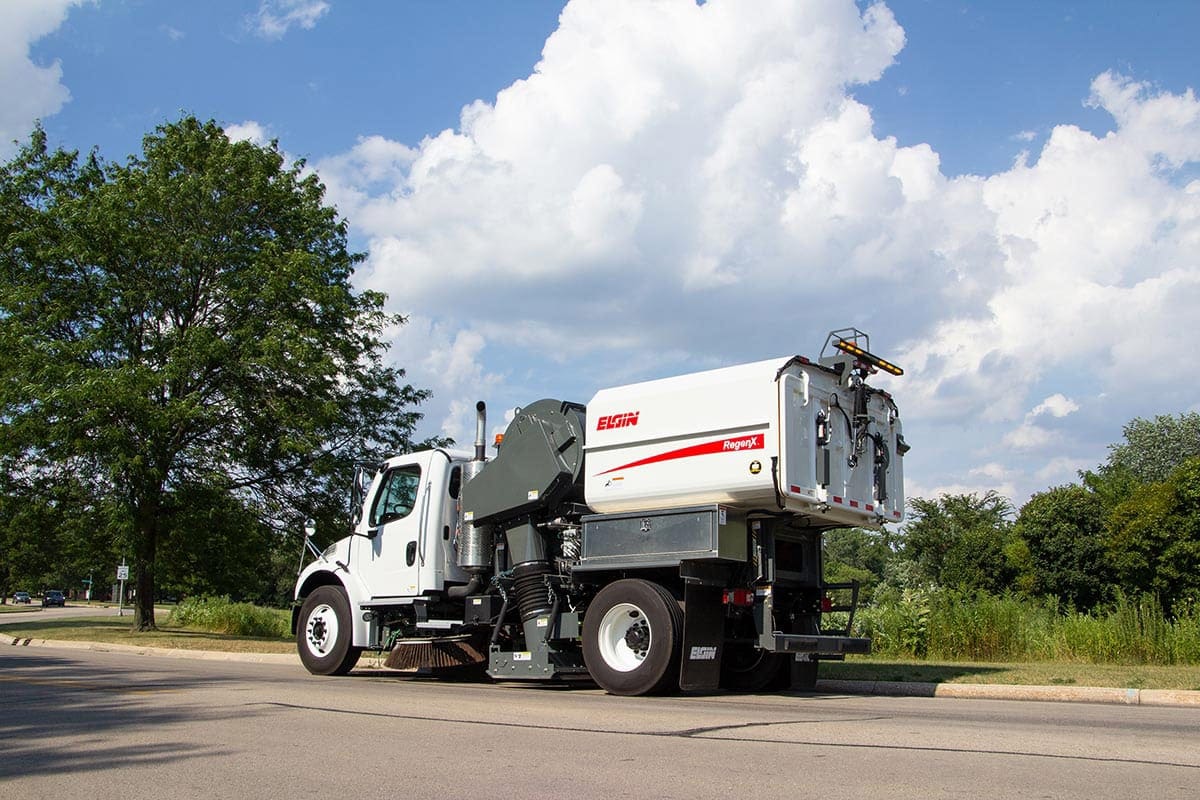
Sweeper trucks are a common sight in urban landscapes, tirelessly working to maintain cleanliness and order on our streets. These specialized vehicles play a critical role in not just sanitation but also in supporting public health and safety by removing debris that could potentially impede traffic or cause accidents.
Primarily used by municipal agencies, these trucks have evolved from basic mechanical broom sweepers to highly sophisticated machines equipped with regenerative air systems or pure vacuum suction technology. They can be spotted whisking away litter after parades, cleaning up parking lots for better stormwater management, or preparing asphalt for paving projects.
The significance of sweeper trucks extends beyond mere aesthetics; they serve as frontline warriors against pollution runoff into waterways—thereby contributing to the larger environmental conservation efforts within communities. By routinely clearing roads of pollutants that can contaminate soil and water sources, these vehicles demonstrate an essential integration of functionality with ecological responsibility.
But it’s not just about aesthetics; these machines play a crucial role in maintaining the sanitation and infrastructure health of cities. The variety available can be broken down into several categories based on their sweeping mechanisms and applications. Mechanical broom sweepers, with their robust bristles spinning against the pavement, excel at removing heavy debris from construction sites. Conversely, regenerative air sweepers offer a gentler touch for maintenance cleaning by using a knife’s edge like air blast under a full width hood to dislodge dirt into an air stream that circulates through the sweeper hopper where the debris is separated from the re-circulating air. This equipment is ideal for minimizing dust from pavement with good integrity.
Then there are pure vacuum sweepers that rely solely on suction power—ideal for densely populated areas where the pavement is irregular or where the debris is concentrated along the curbline and minimizing dust is paramount. Each type serves its purpose well within different contexts of urban cleanliness—from daily upkeep to post-event clear-ups or even industrial site preparation.
It’s important that your power sweeping vendor has the right equipment to meet the requirements of your job. Below you will find descriptions of the different types of street cleaning trucks, how they work, and examples of the jobs each one is best suited for.
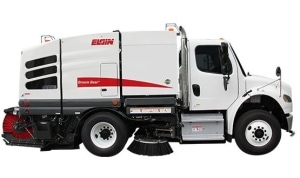
The oldest type of sweeping equipment, also known as a mechanical broom sweeper, these power sweeper trucks collect dirt and debris via a rotating cylinder-shaped broom, at the rear of the sweeper, which flicks particles onto a conveyor mechanism up and into a hopper. Mechanical power sweepers are efficient in sweeping heavier materials, including gravel and coarse sand, which makes them optimal for construction sites and pavement milling applications or parking lot areas with heavy debris present. The abrasive action of a mechanical broom sweeper truck is less effective on uneven or damaged surfaces, such as wash boarded or rutted pavement and/or those areas with potholes or cracks.
Used For: Construction Clean-up, Construction Track-out Sweeping, Pavement Milling Sweeping, Street & Highway Sweeping, Chip Seal Sweeping
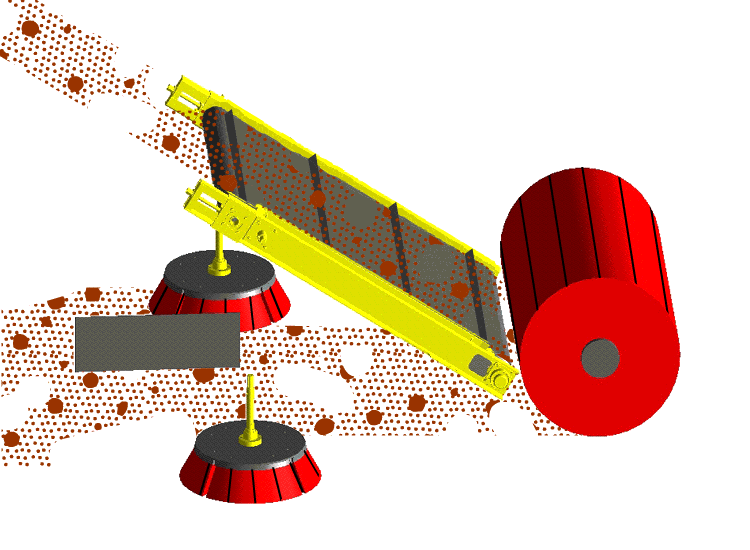
The next generation of sweeper trucks introduced suction power, created by a large fan or impeller. This sweeping method draws dirt and debris into a vacuum nozzle where it is then sucked into the hopper and exhausts the air out into the environment, similar to a household vacuum sweeper. Vacuum sweepers are more efficient at cleaning up finer particulate versus mechanical power sweepers, and are more effective on uneven surfaces and more versatile, such as in a parking lot application, when they have a sucker tube attachment for manually cleaning areas that are not accessible or within the turning radius of the machine.
Used For: Road Construction Sweeping, Construction Track-out Sweeping, Catch Basin Cleaning, Municipal Street Sweeping, Paving Contractor Sweeping
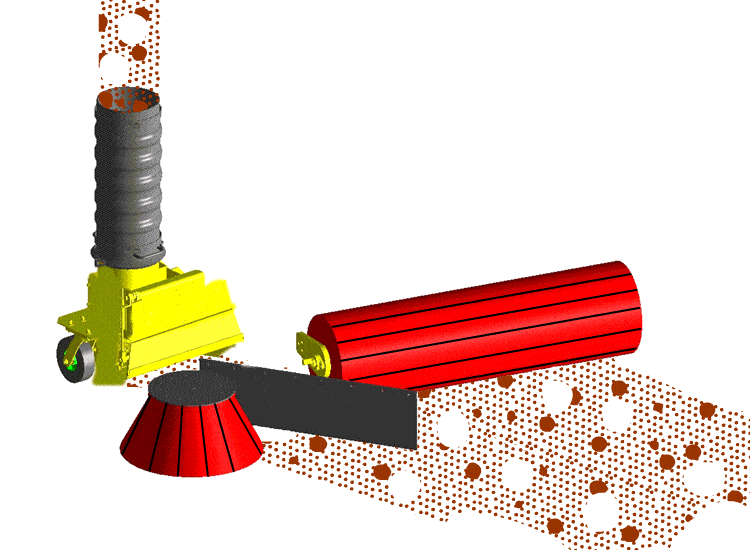
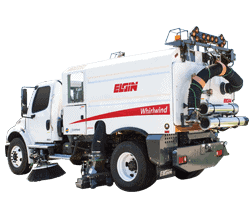
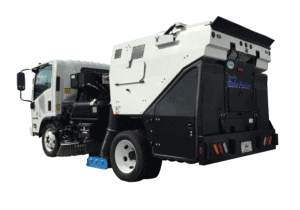
The third generation of sweeper trucks use a blower wheel, powered by an engine or hydraulics to create a knife’s edge blast of air, from under the pickup head, onto the pavement surface. The regenerative air sweeping system pushes a curtain of air across the entire sweeper pick-up head, suspending surface debris with a blast of air which circulates through the head depositing the material into the hopper with the air then continuing through a dust separator and back to the head, without exhausting air into the environment. This technology of sweeping can dislodge debris in cracks and crevices common on paved surfaces.
Similar to a vacuum street sweeper truck, in that air is the vehicle for removal, but without the exhaust, as the dust separator cleans the air which is then returned to the pick-up head via a closed loop cycle. The regenerative air power sweeping system is best at cleaning up finer debris particles on good quality paved surfaces compared to either mechanical or vacuum sweepers. This would make them the best choice for routine residential, business, commercial or industrial street sweeping with good pavement quality and where fugitive dust must be minimized and/or where mandated environmental regulations must be complied with.
Used For: Commercial & Industrial Fugitive Dust Control Sweeping, Municipal Street Sweeping, Parking Lot Sweeping, Warehouse Sweeping
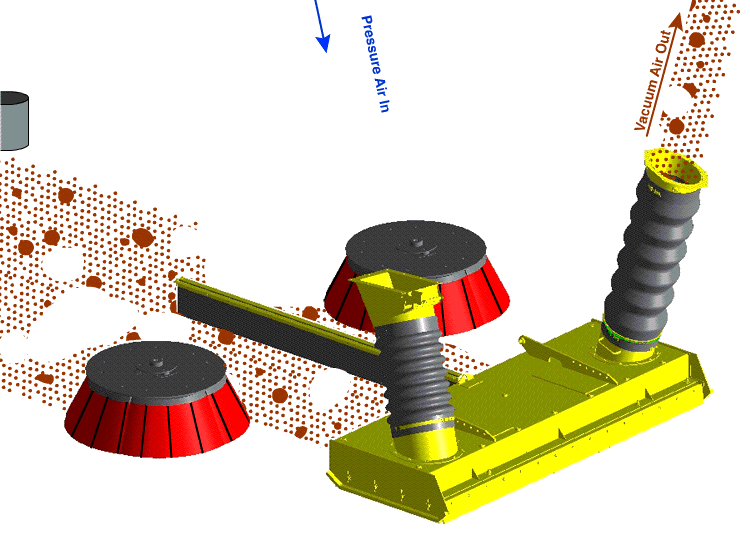
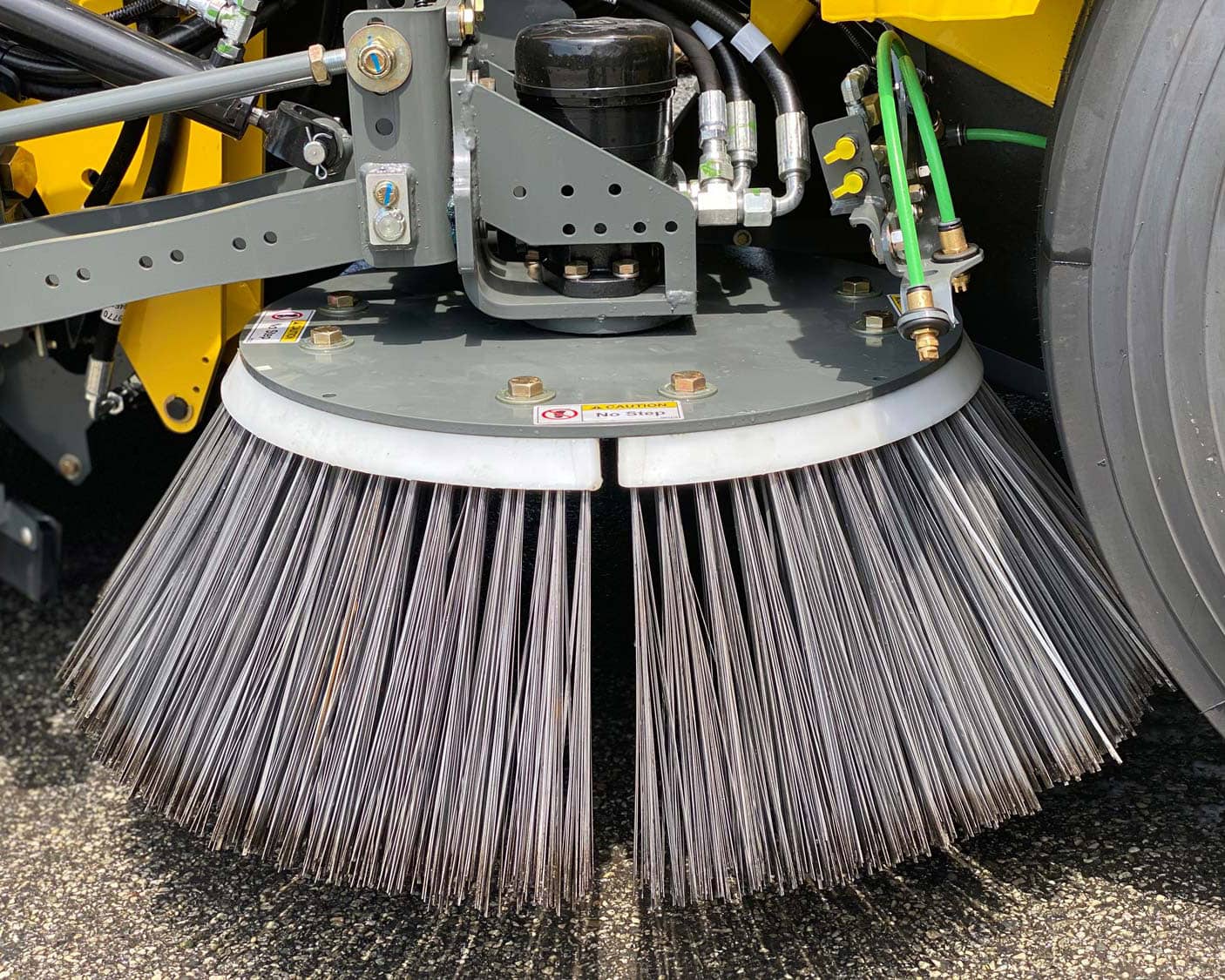
Selecting the right sweeper truck for your needs requires careful consideration of several critical features. First and foremost, the size and type of debris you plan to collect will guide your choice. For heavy-duty cleaning, like that needed in construction areas or municipal streets, trucks with robust brushes and powerful engines ensure effective debris removal.
Fuel efficiency is another vital factor as it directly impacts operational costs over time. Today’s market offers models that balance power with fuel economy; choosing wisely could lead to significant savings. Moreover, look into noise level specifications—especially if you operate in residential areas where noise ordinances are strict.
Turning radius is another factor to consider. Depending on the areas to be swept, some sweeper trucks have a better turning radius and/or visibility ahead. Choose the truck that minimizes the need for the operator to back up the sweeper, which always introduces an element of risk.

Modern sweeper trucks stand at the forefront of urban environmental sustainability. These vehicles are pivotal in reducing pollutants that would otherwise enter water systems and contribute to air pollution. With advanced filtration systems, they trap particulate matter effectively, making our cities cleaner and safer.
One might wonder about the tangible benefits these sweepers provide beyond mere cleanliness. Research has shown that regular street sweeping can prevent thousands of pounds of debris from clogging storm drains each year, mitigating potential flooding risks and protecting aquatic ecosystems from harmful runoff.
Sweeper trucks also reduce airborne dust particles, which directly correlates with lower rates of respiratory issues among city residents. By using alternative fuel sources such as liquid petroleum gas (LP) or electric (EV), newer models add another layer to their eco-friendly credentials by minimizing greenhouse gas emissions during operation.
Sweeper trucks are crucial in urban sanitation, but they face a range of operational challenges. Regular maintenance is key to ensuring these vehicles perform effectively. Let’s explore some common issues and how to address them.

1-800-SWEEPER Partners have a deep understanding of and expertise in managing the everyday mechanical wear and tear experienced by sweeper trucks. By entrusting your street sweeping operations to us, our proficiency in sweeper truck maintenance contributes to cost savings for you.
Daily operations can lead to significant wear on brushes, conveyors, bearings, chains, and engines. To mitigate this, conduct regular inspections focusing on brush patterns for uneven wear or damage that could compromise cleaning efficiency. For engine health, stick to a strict schedule of oil changes based on manufacturer recommendations or even sooner if operating in dusty environments. Frequent system diagnostics can also help identify potential problems before they escalate into costly repairs. Keeping an inventory of essential parts like filters, belts, and brooms will minimize downtime when replacements are needed. Most importantly, inspect the components of the sweeper daily.
The highly skilled technicians employed by your local 1-800-SWEEPER Partner possess the knowledge, experience, and expertise required to adeptly navigate even the most challenging scenarios. Our proficient operators alleviate worries and concerns associated with maneuvering through complex urban environments.
Sweeper trucks often operate in challenging urban landscapes filled with parked cars and narrow streets which can cause navigational difficulties leading to increased risk of accidents or missed debris areas. Operators should receive thorough training focused on maneuvering techniques specific to sweeper truck dimensions, while utilizing technology such as backup cameras may enhance safety measures significantly.
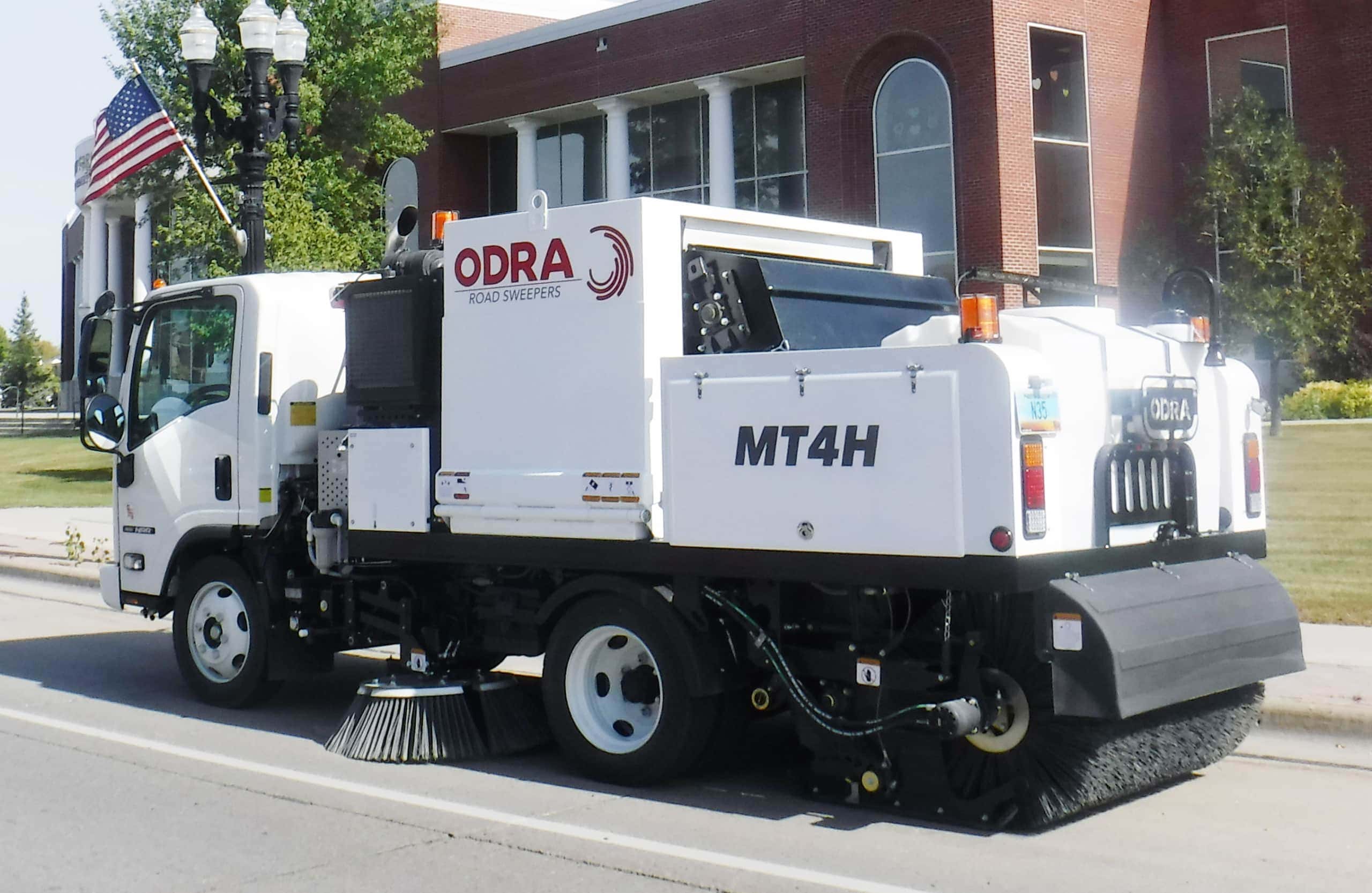
Sweeper trucks have evolved into highly specialized vehicles, designed to tackle a variety of urban cleaning challenges. Buyers today are faced with an array of models that boast diverse features and capabilities. As someone who has spent countless hours behind the wheel of these mechanical marvels, I’ve come to appreciate what makes each model stand out. The latest offerings in sweeper trucks exhibit advancements in debris pickup efficiency, noise reduction technologies, and eco-friendly operations. Take for instance Elgin’s line-up, which includes models renowned for their waterless dust control system – a game changer for regions where water conservation is critical or environments where temperatures are below freezing.
On another front, companies like TYMCO focus heavily on regenerative air sweepers that recirculate air to dislodge and remove street debris effectively. These technological improvements not only boost performance but also support environmental sustainability by reducing airborne pollutants during operation.
Sweeper trucks are game-changers for urban cleanliness. They tackle debris, promote public health, and boost environmental sustainability. Think of them as the unsung heroes of our city streets. Remember their versatility—from mechanical brooms to regenerative air models; there’s a fit for every job. The right features turn challenges into smooth operations.
Embrace maintenance practices that keep these workhorses running longer and stronger. Regular care translates to dependable performance. In choosing sweeper trucks, compare wisely. Your decision shapes your community’s face—and its future. So let this knowledge guide you towards cleaner streets with smarter choices in sweeping technology—because pristine cities start with powerful sweepers like these.
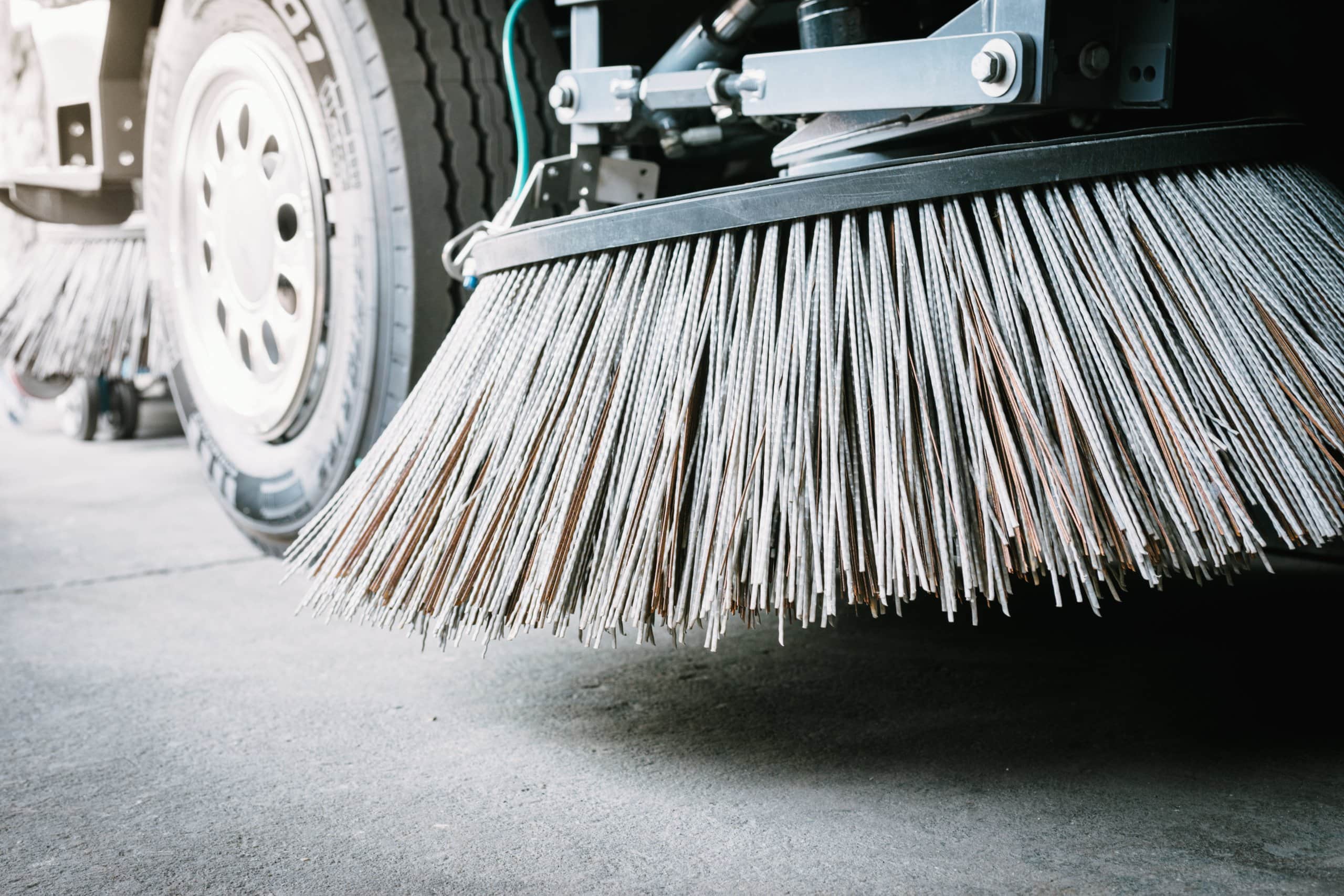
Did you know that the first patented street sweeping machine was invented by C.S. Bishop in 1849? However, it wasn’t until Charles Brooks refined the design in 1896 to include rotating brushes attached to a truck that modern street sweeping technology truly took off. This innovation drastically improved urban sanitation and laid the groundwork for today’s sophisticated machines.
Did you know that contemporary street sweepers can be equipped with GPS devices and advanced monitoring systems? These high-tech additions allow city departments to optimize routes, track progress in real-time, and ensure thorough cleaning coverage of urban areas—all while saving time and reducing fuel consumption.
And did you know that beyond keeping streets clean, these mighty machines play a crucial role in protecting our environment? Street sweepers prevent harmful pollutants like chemicals, metals, and various debris from entering storm drains which lead directly to rivers, lakes or oceans; thus safeguarding aquatic ecosystems from contamination.
Find out more about becoming a
1-800-SWEEPER partner!
1-800-793-3737
Nationwide Coverage, Including Canada
24/7 Response & Emergency Services
By using this site, you agree to our updated Cookie and Privacy Policy.
